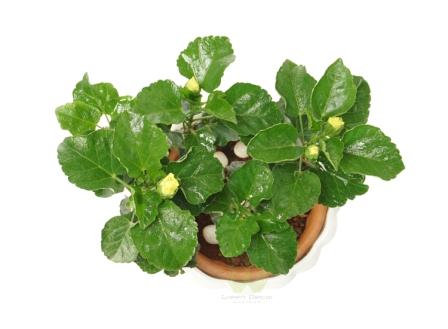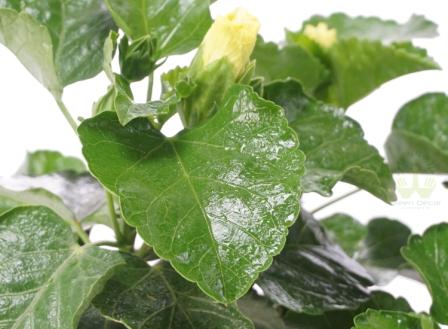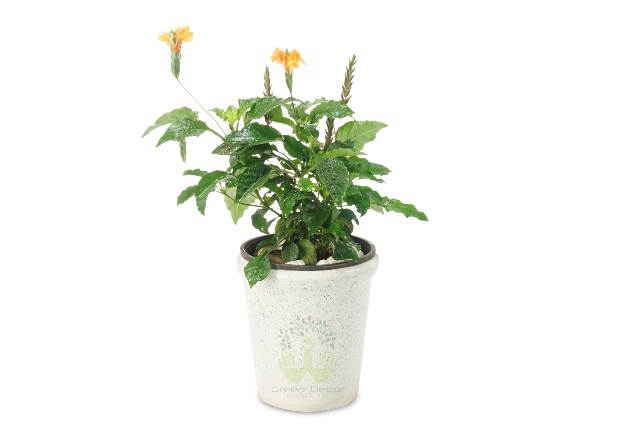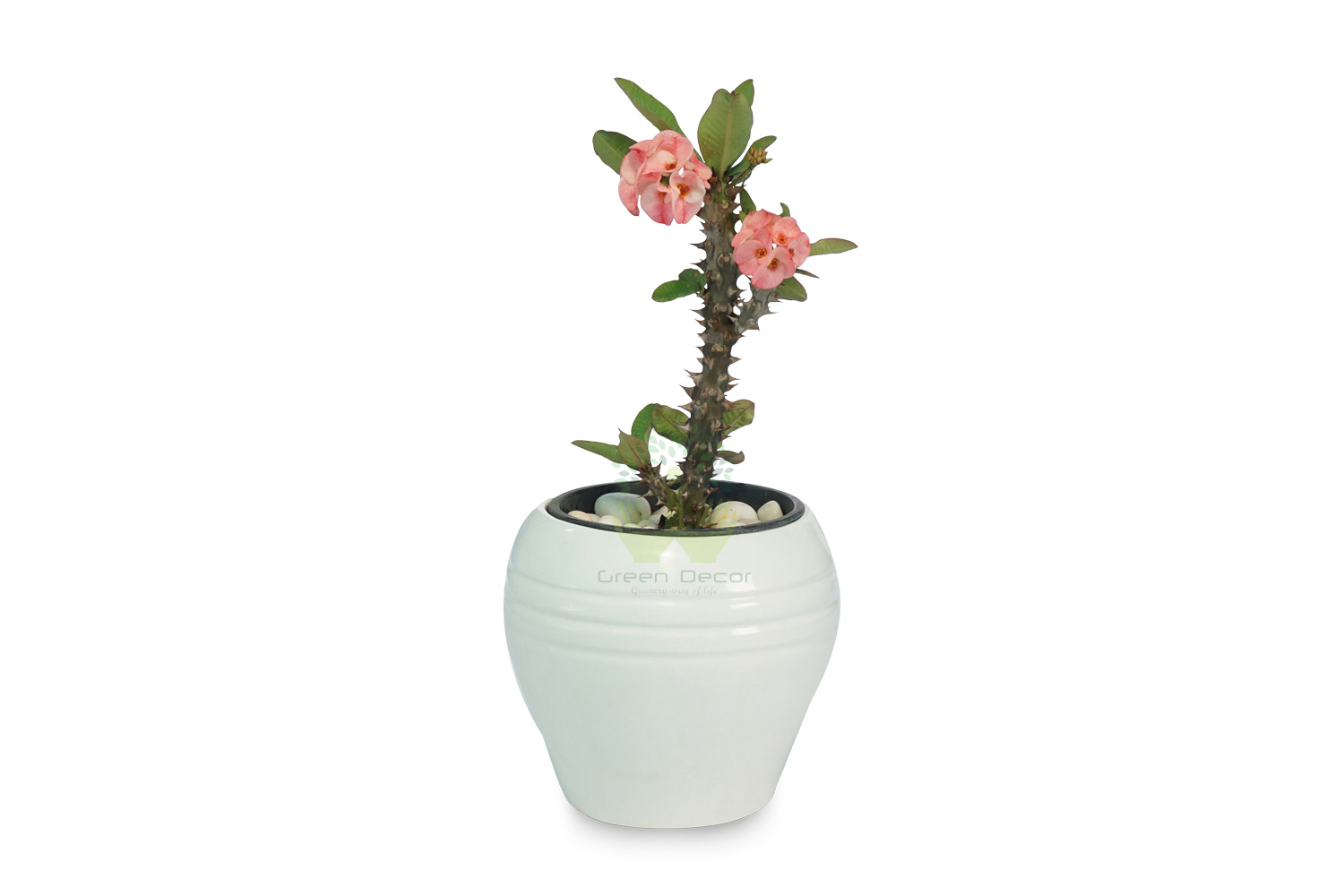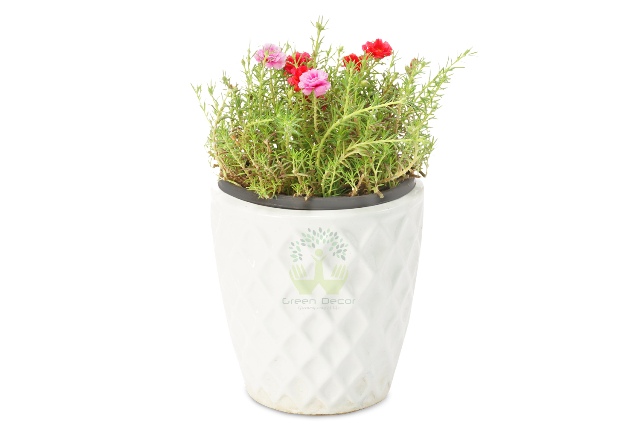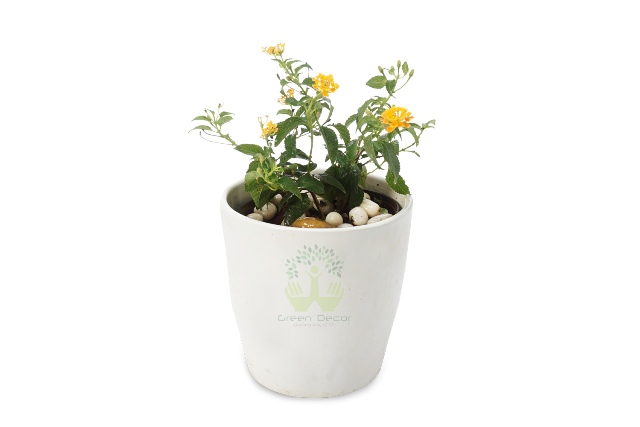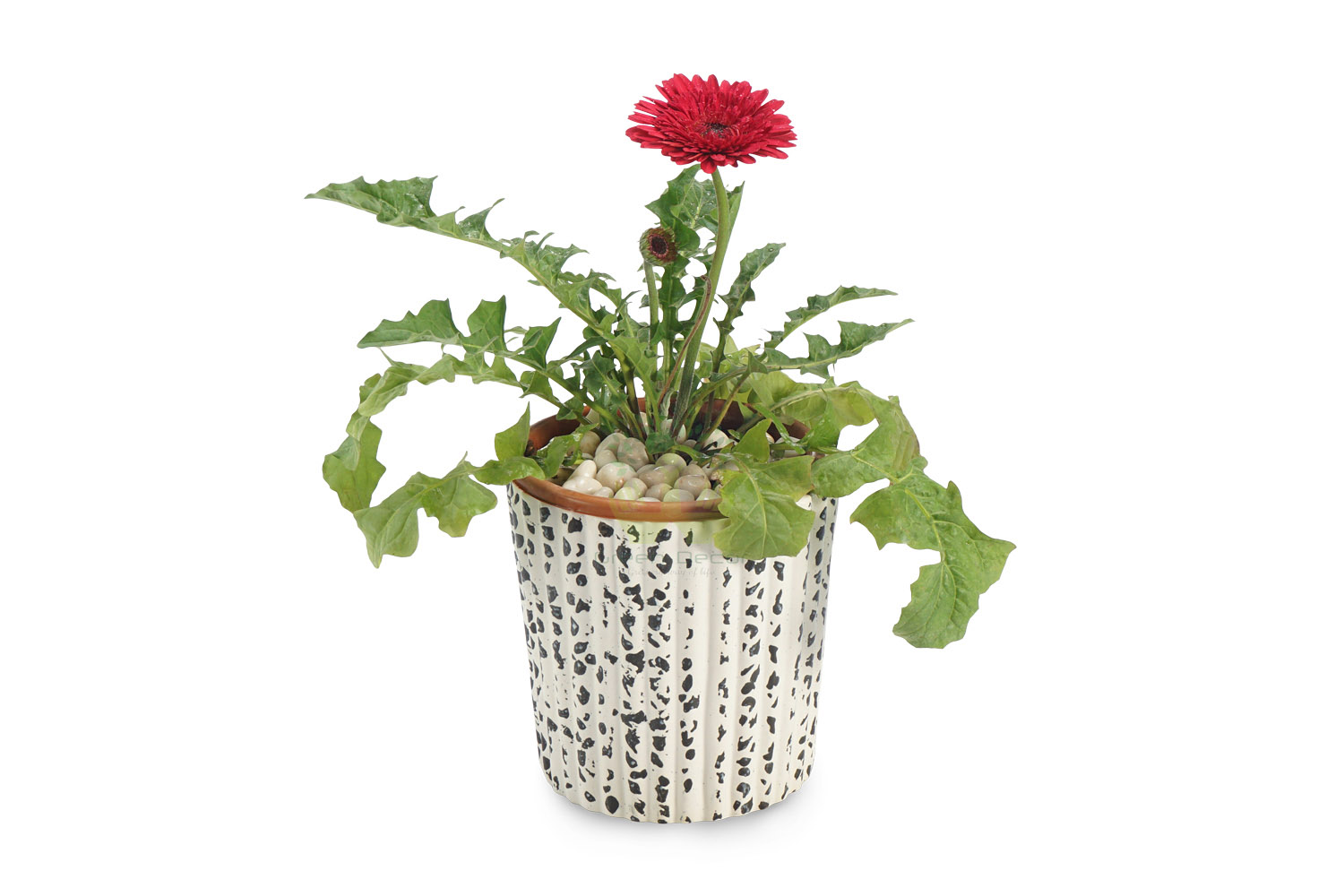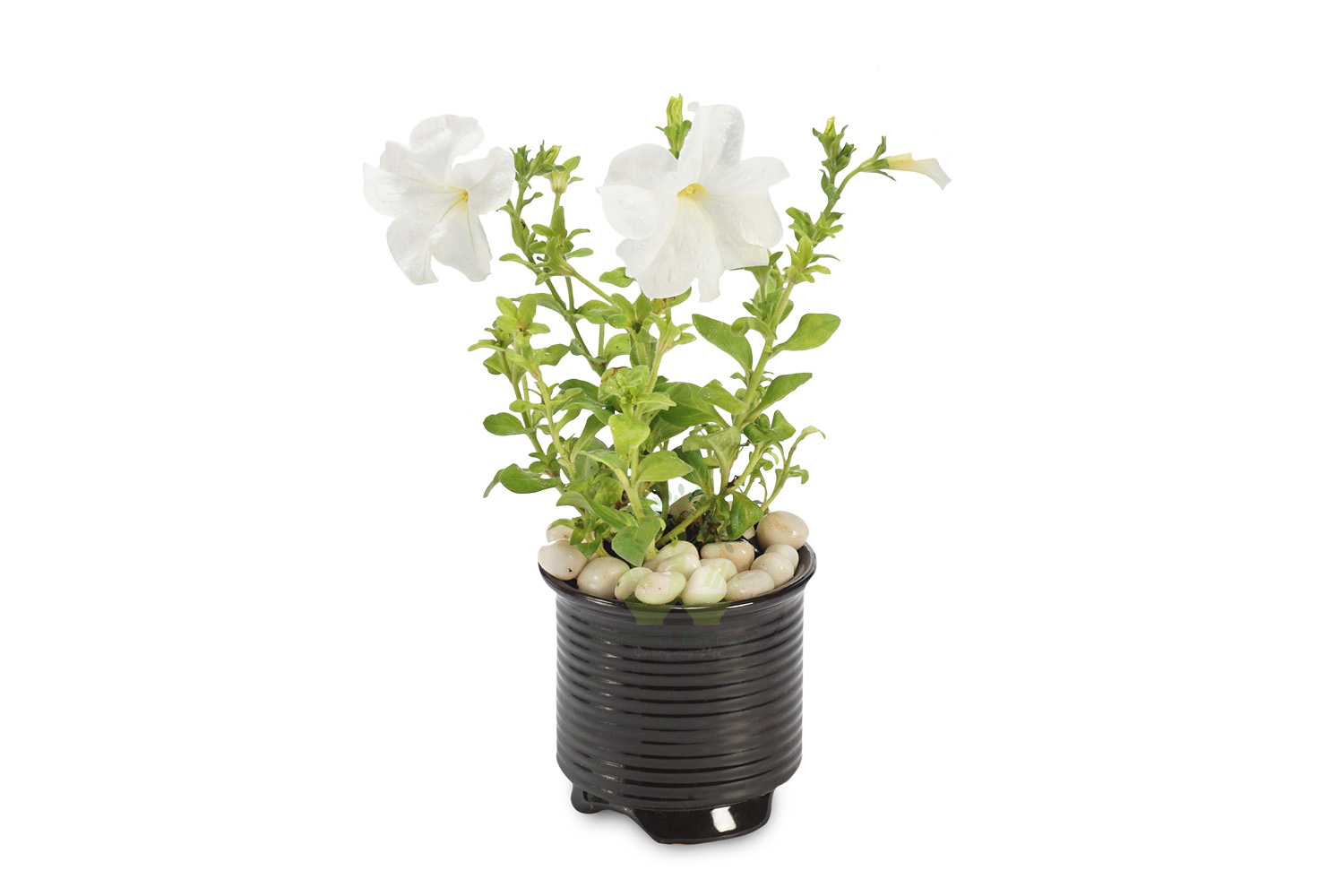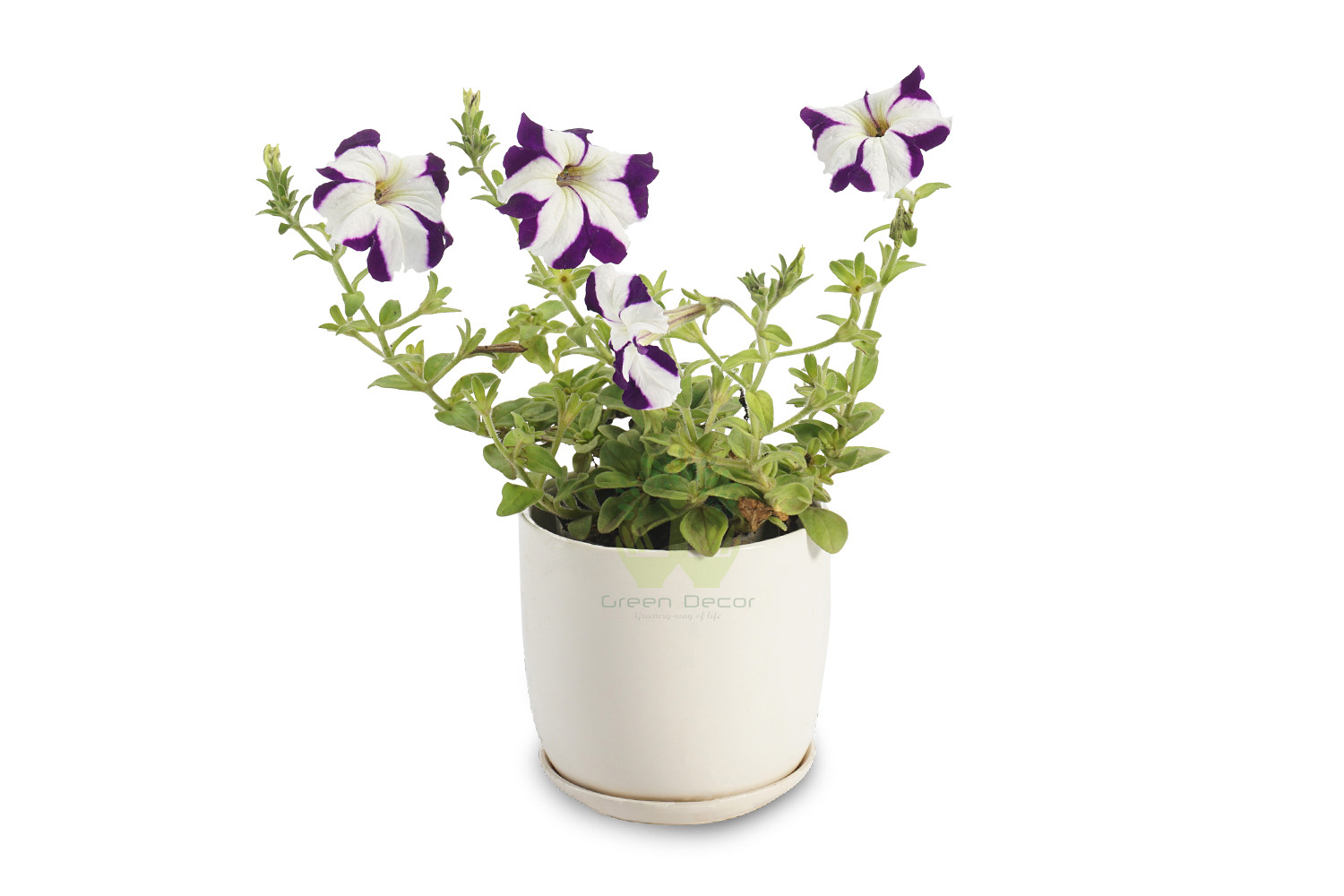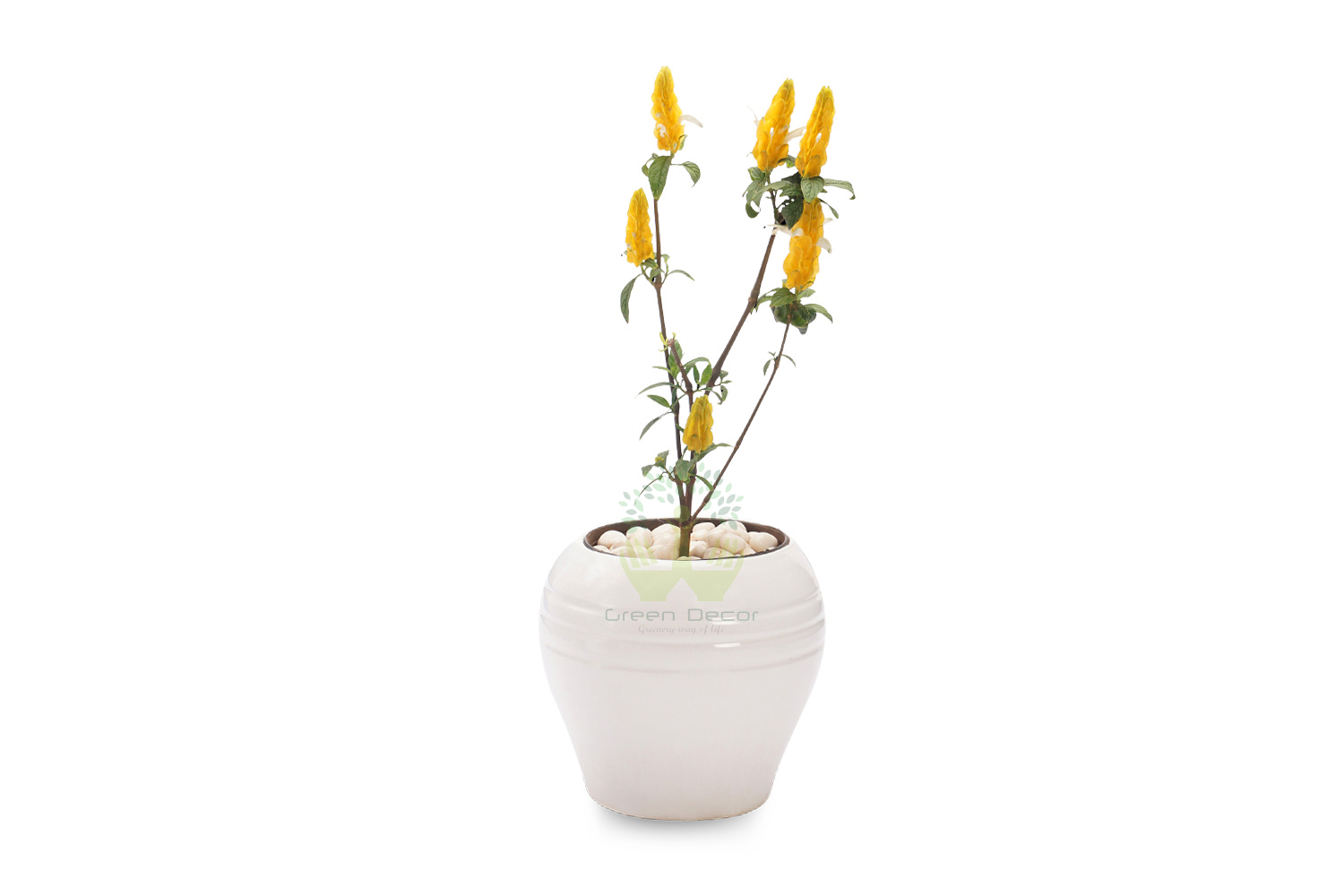Hibiscus
540
Maintenance Level
Moderate
Placements
Outdoor-Sunny
Toxic
NO
Fragrance
Low
Seasons
Spring Summer
Plant Height
8" to 10"
Water Frequency
Winter
Alternate Day
Summer
Daily
Fertilizer Frequency
Winter
3-4 Month
Summer
Every Month
- About Hibiscus
- How To Grow Hibiscus
- Benefits of Hibiscus
- Maintenance Tips
- Shipping Info
Hibiscus are deciduous shrubs with dark green leaves; flowers may be up to 6 inches diameter, with colors ranging from yellow to peach to red. Hibiscus can be planted singly or grown as a hedge plant; they can also be pruned into a single-stemmed small tree. This popular landscape shrub creates a bold effect with its medium-textured, glossy dark green leaves and vibrantly colored, four to eight-inch-wide, showy flowers, produced throughout the year. Cultivars are available with single or double flowers in shades of white, pink, red, yellow, peach, or orange, or combinations of these. Flowers are produced continuously in great abundance, making up for the fact that each flower will last only one or two days. Hibiscus is renowned for its beauty as well as its medicinal uses, and gardeners cultivate the plant for its showy flowers.
Soil Need
Oragnic Soil, Loamy Soil,Clay Sand Mix, Vermi Compost
Fertilizer (type)
NPK Fertiliser,Liquid Fertiliser, All Purpose Fertiliser
Growth Pattern
Moderate
Pruning
9-10 Month
Re-Potting
Every 3-4 Month
Process :
1. Add potting soil mixture with soil that is loamy and well draining.
2. Place your hibiscus in full sun (at least 6 hours) in your outdoor area.
3. Water your hibiscus frequently enough to keep the soil moist, but not wet.
4. Apply fertilizer specified for hibiscus, Fertilize once every 2 weeks. Container plants require extra fertilization due to a smaller absorption area.
5. Prune your hibiscus in the spring. Remove all yellowed leaves, and trim back any leggy or sagging branches with pruning shears.
1. Lower Body Temperature & Cholestrol
2. Treat Heart and Nerve Diseases
3. INDIA: Worshiping of Devi (Goddess)
4. Souce of Natural Dyes
5. Used for Softening or Healing the Skin
Do's
1. Replanting is usually carried out in spring February - March.
2. Pruning in spring before moving the plant a rather heavy pruning - shortening leggy stems & remove rubbing branches.
3. Remove top couple of inches of soil & replace with fresh compost.
Don'ts
1. Keep moist, but don’t let it stand in water.
2. No pruning in winters.

